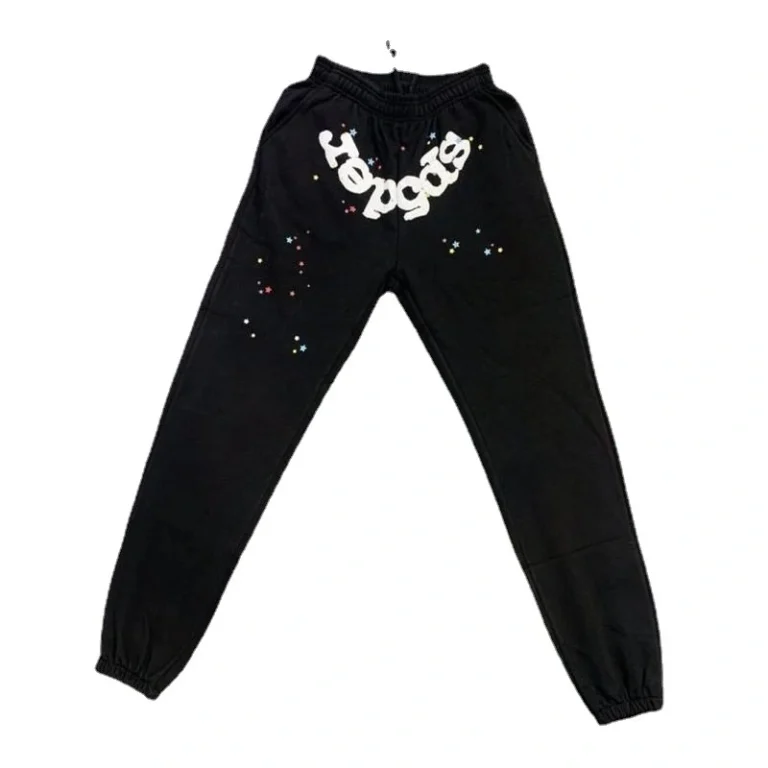Drop Dead:
Most clothing brands are made for the many — the trend-followers, the clean-cut, the curated. Drop Dead Clothing is the total opposite. It doesn’t whisper. It growls. It doesn’t ask to fit in. It dares you to look away. Since its unconventional birth in 2005, Drop Dead has become one of the most distinct voices in alternative fashion — a brand built on emotion, individuality, and a refusal to conform.Founded by Drop Dead, the frontman of Bring Me The Horizon, Drop Dead was never created to be fashionable. It was made for the outsiders, for the kids who never felt at home in prepwear, streetwear, or the glossed-up trends of the moment. If you’ve ever felt like you lived on the edge of culture — not fully in it, not fully out — Drop Dead might just be your second skin.
Created for the Few, Not the Many
Before the fashion lines, before the warehouse studios, before the sold-out drops — there were scribbled drawings, a home screen printer, and a small audience who got it. That’s how Drop Dead started. It wasn’t a business idea. It was an emotional project. Sykes began designing clothes for himself and his fans — the ones showing up to metal shows, drawing in notebooks, collecting scars and dreams in equal measure.These weren’t generic shirts with logos slapped on. They were loud, raw, and often Drop Dead Clothing that’s what made them connect. The early days of Drop Dead felt like a secret code. If you wore it, you weren’t just wearing a brand — you were saying, “I don’t fit your mold, and I don’t want to.”
The Art of Not Fitting In
The designs of Drop Dead Clothing have always embraced contradiction:
- Soft colors with sharp messages
- Childlike mascots with horror-inspired twists
- Loose, comfortable silhouettes with emotionally heavy themes
Emotion-Driven Design
Where most brands follow trends, Drop Dead follows feeling. Whether it’s heartbreak, isolation, childhood nostalgia, anger, or the sense that the world’s coming apart — the brand doesn’t shy away from emotional depth.
That’s why Drop Dead feels so personal to its fans. People connect to the clothing not just visually, but viscerally. It speaks to the part of you that struggles, that creates, that refuses to pretend everything’s fine. And in a world of polished perfection, that honesty hits harder than any logo ever could.
Sustainability with Substance
Drop Dead’s emotional backbone is matched by a deep ethical commitment. Long before eco-fashion became a buzzword, the brand began moving toward cruelty-free, vegan, and environmentally conscious practices.They’ve eliminated animal products, reduced plastic use, and embraced organic and recycled materials — not because it’s trendy, but because it aligns with the beliefs of the people behind the brand.This isn’t performative virtue. It’s real. Drop Dead’s values are woven into the very fabric of what they sell — figuratively and literally.
A Community, Not a Market
One of Drop Dead’s greatest strengths is its ability to foster genuine connection. It doesn’t operate like a brand trying to chase customers. It feels more like a collective, an underground scene, a living journal shared by thousands.Fans don’t just buy clothes. They share stories. They modify pieces, make art, create edits, and build communities around collections. Some wear Drop Dead to gigs. Others to therapy. Some collect every drop like artifacts. Others wear the same hoodie every day until it’s threadbare.No one’s buying to impress — they’re buying because it means something.
The Power of Limited Drops
Drop Dead isn’t on every shelf. You won’t find it in malls or department stores. That’s intentional. Every drop is limited, curated, and made to feel intimate. When a new collection is released, it’s not a sales event — it’s a moment.
These drops often come with:
- Conceptual videos
- Custom illustrations
- Deeply written blurbs or personal notes
- Thematic soundtracks or visual campaigns
The Influence of Oli Sykes
You can’t talk about Drop Dead without acknowledging its creator. Oli Sykes has never hidden behind the brand. He’s poured himself into it. His struggles with addiction, his journey through mental health, his creative evolution — it all bleeds into Drop Dead.But he doesn’t use the brand as a billboard. He lets the work speak. He collaborates with artists, photographers, designers, and creatives who bring his vision to life. The result? A brand that grows as he grows — not staying stuck in its early success, but maturing with its audience.
Why Drop Dead Still Matters
In an era where fashion is often built for the algorithm — quick, shallow, trend-chasing — Drop Dead remains stubbornly human. It’s messy. It’s poetic. It’s contradictory. And it has outlived many brands that tried to ride the same alternative wave.Why? Because Drop Dead is truthful. It doesn’t try to be universal. It exists for those who want more from what they wear. More honesty. More feeling. More chaos. More care.If you’ve ever felt like you were “too much” — too emotional, too weird, too intense — Drop Dead doesn’t tone that down. It hands you a hoodie and says, “Wear it.”
Final Words: Still Breathing, Still Screaming
Drop Dead Clothing is still here — not because it changed to fit the world, but because the world caught up to it. In 2025, itera where fashion is often built for the algorithm — quick, shallow, trend-chasing — Drop Dead remains stubbornly human. It’s messy. It’s poetic. It’s contradictory. And it has outlived many brands that tried to ride the same alternative wave.Why? Because Drop Dead is truthful. It doesn’t try to be universal. It exists for those who want more from what they weas voice is louder than ever. Not corporate. Not cool-for-the-sake-of-it. Just real, emotional, raw, and unafraid.


